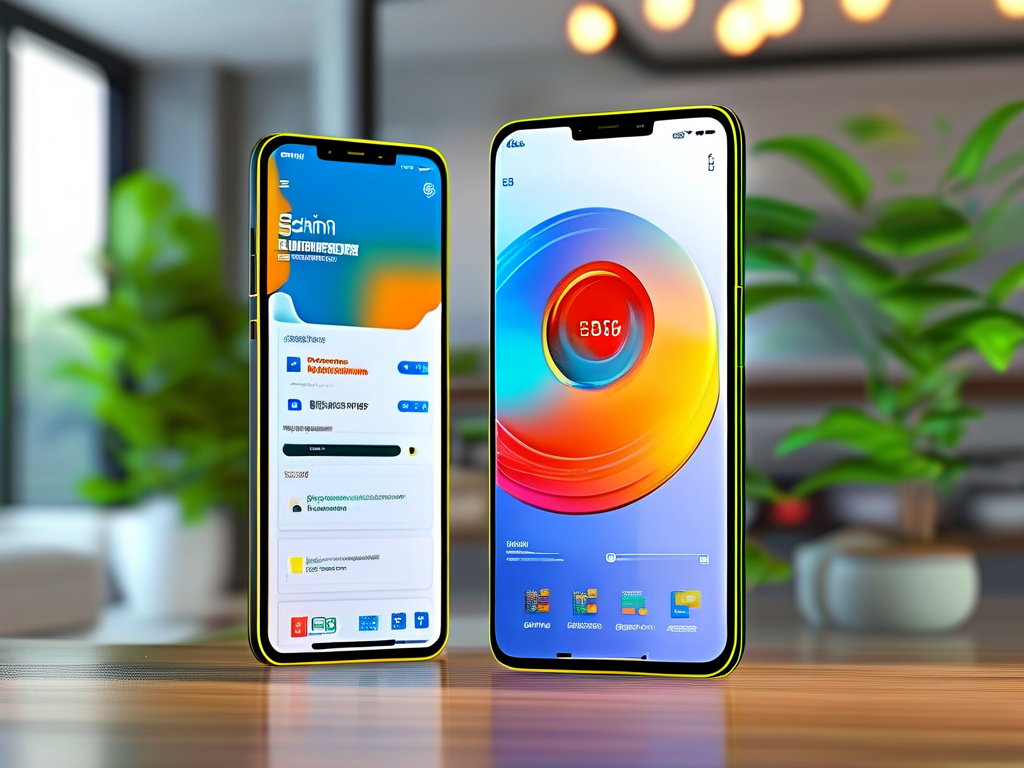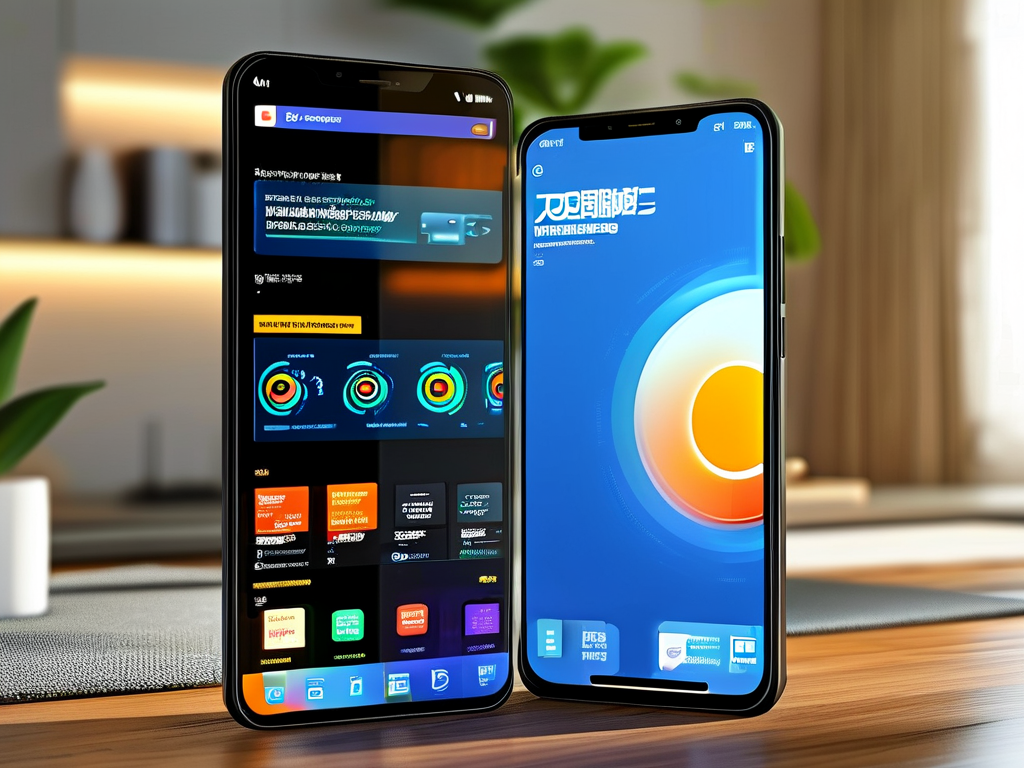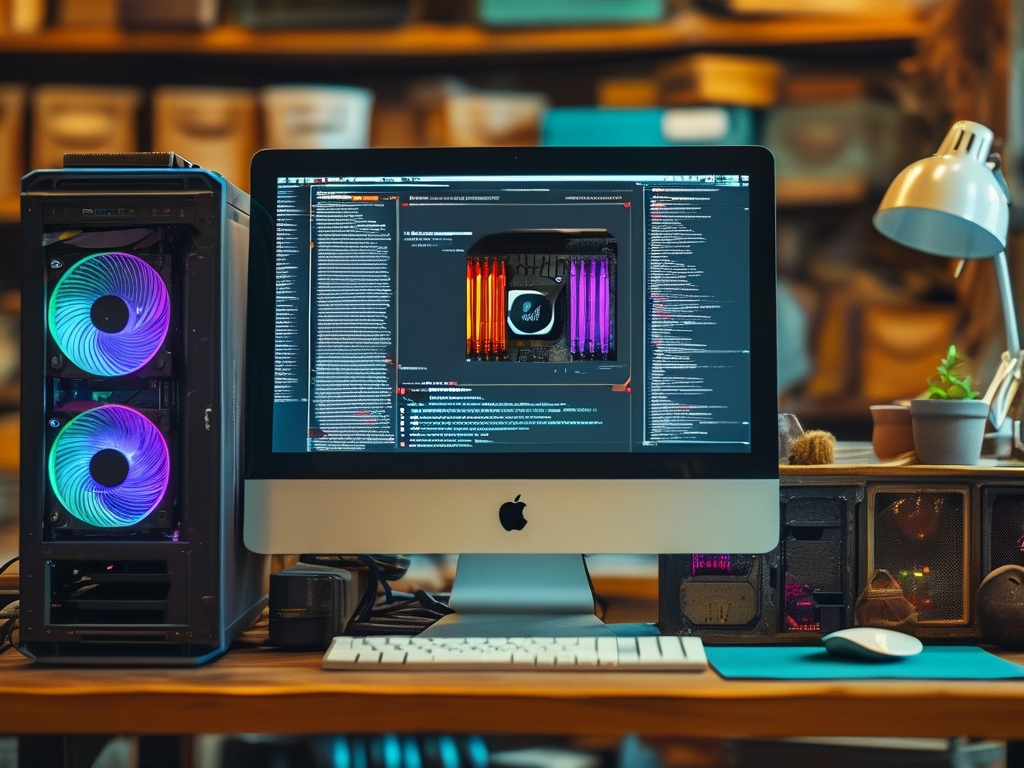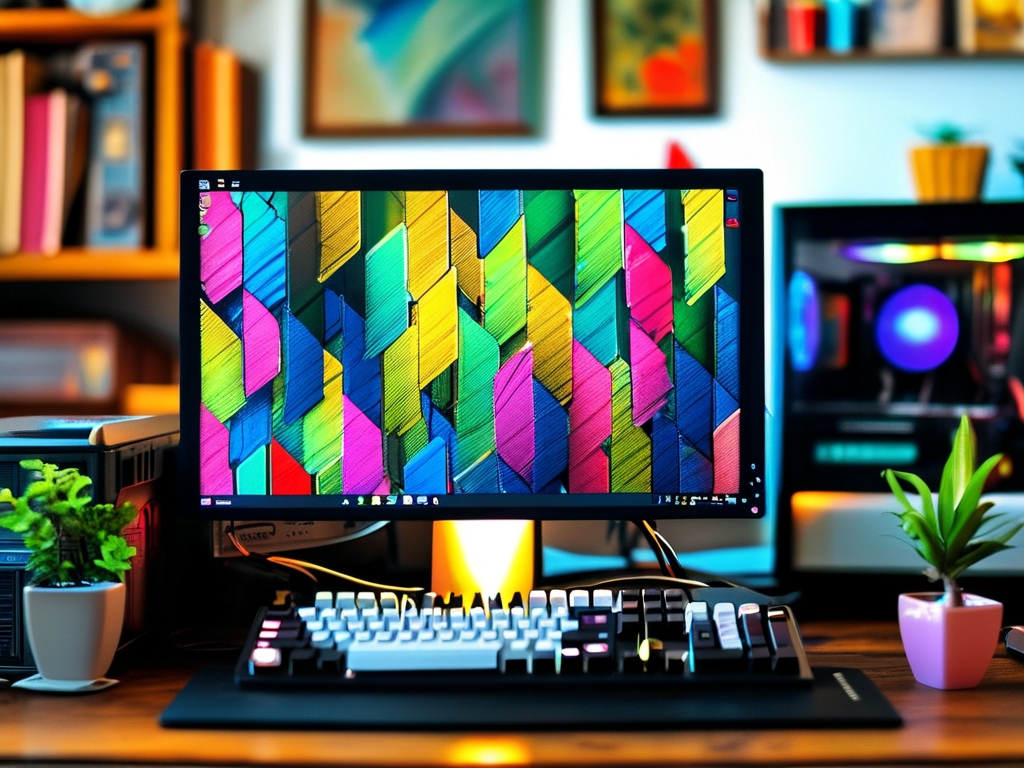Smartphones have become indispensable tools in modern life, yet their performance often degrades over time due to accumulated background processes and residual files. Memory management software plays a critical role in maintaining device efficiency, especially for users who rely heavily on multitasking or resource-intensive apps. This article explores popular memory optimization tools, their functionalities, and best practices for keeping your phone running smoothly.

Why Memory Management Matters
Modern mobile operating systems like Android and iOS are designed to handle memory allocation automatically. However, limitations arise when apps consume excessive RAM or leave behind cached data. Over time, this can lead to slower app launches, frequent crashes, and reduced battery life. Memory cleaners address these issues by clearing redundant processes, deleting temporary files, and providing real-time monitoring of resource usage.
Key Features of Effective RAM Cleaners
Leading memory management apps share several core features. One-tap optimization remains a staple, allowing users to instantly free up RAM by closing background apps. Advanced tools go further by offering scheduled cleanups, duplicate file detection, and even thermal monitoring to prevent overheating. Some applications integrate storage cleanup functionalities, merging memory optimization with storage management for comprehensive device maintenance.
Security-conscious developers now incorporate privacy protection layers. These may include app lock features, browsing history cleaners, and permissions managers to control data access. For gaming enthusiasts, specialized "game boost" modes temporarily suspend non-essential processes to allocate maximum resources to graphics-intensive titles.

Popular Choices in the Market
CCleaner Mobile maintains its reputation as a lightweight option, providing detailed storage analytics alongside RAM cleanup. Its junk file identification algorithm effectively distinguishes between disposable cache and important app data. Clean Master takes a more aggressive approach, offering memory compression technology that claims to boost available RAM by up to 30%.
For users prioritizing security, AVG Cleaner combines antivirus scanning with memory optimization. Its hibernation feature for rarely used apps helps conserve both memory and battery. iOS users aren't left out—tools like Battery Doctor include memory management modules that work within Apple's stricter system limitations.
The Manual Management Alternative
While automated tools offer convenience, understanding manual memory management can be equally valuable. Android's developer options contain hidden features like running services monitors and background process limits. iOS users can utilize built-in storage recommendations and offload unused apps. These native solutions avoid potential conflicts with system-level optimizations that third-party apps might disrupt.
Balancing Automation and Control
Critics argue that overzealous memory cleaners might do more harm than good. Aggressive background app killing could force frequently used applications to reload constantly, paradoxically increasing battery consumption. The optimal approach involves using cleanup tools judiciously—focusing on clearing genuine junk files rather than obsessively chasing maximum free RAM numbers.
Future Trends in Memory Optimization
Emerging technologies are reshaping this landscape. AI-powered cleaners that learn usage patterns to predict optimal cleanup times are gaining traction. Cloud-based memory enhancement, where computationally intensive tasks are offloaded to remote servers, shows promise for low-end devices. With foldable phones and AR applications demanding more resources than ever, memory management tools will continue evolving alongside hardware advancements.
In , while modern smartphones handle memory more efficiently than earlier models, strategic use of optimization tools can significantly extend device lifespan and usability. Whether choosing automated solutions or manual methods, the key lies in regular maintenance and understanding your specific usage patterns. As mobile technology advances, memory management software will remain essential for harnessing the full potential of our pocket-sized computers.



